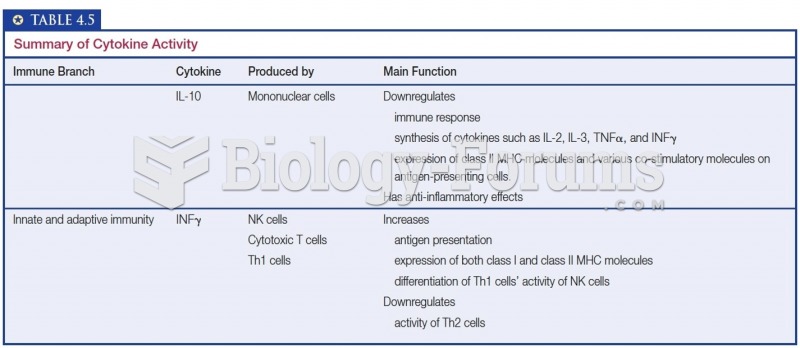|
|
|
Did you know?
Medication errors are three times higher among children and infants than with adults.
Did you know?
The horizontal fraction bar was introduced by the Arabs.
Did you know?
Barbituric acid, the base material of barbiturates, was first synthesized in 1863 by Adolph von Bayer. His company later went on to synthesize aspirin for the first time, and Bayer aspirin is still a popular brand today.
Did you know?
If all the neurons in the human body were lined up, they would stretch more than 600 miles.
Did you know?
Fewer than 10% of babies are born on their exact due dates, 50% are born within 1 week of the due date, and 90% are born within 2 weeks of the date.







